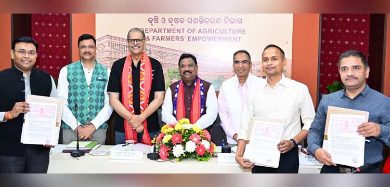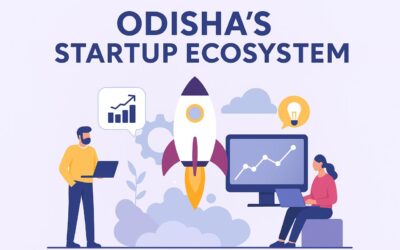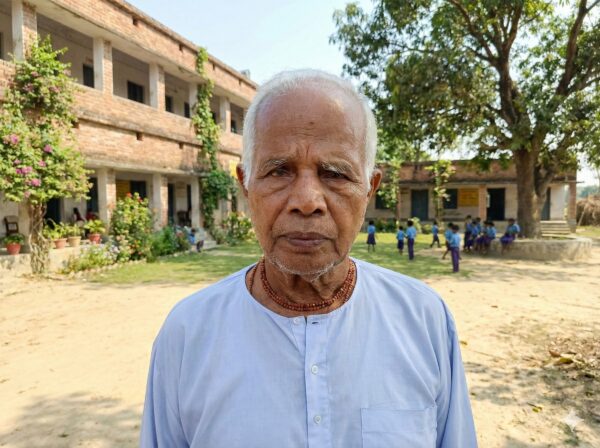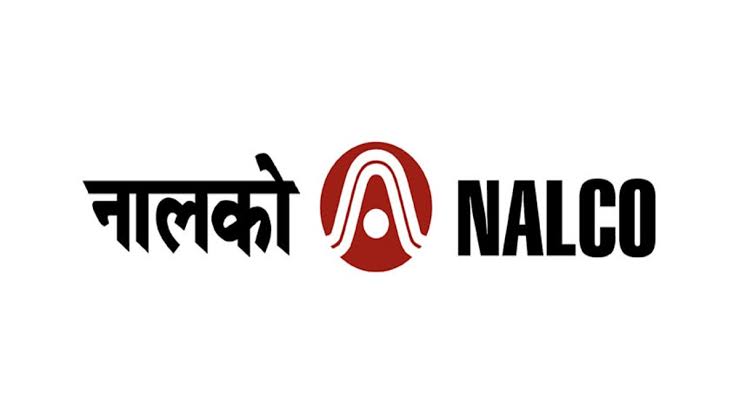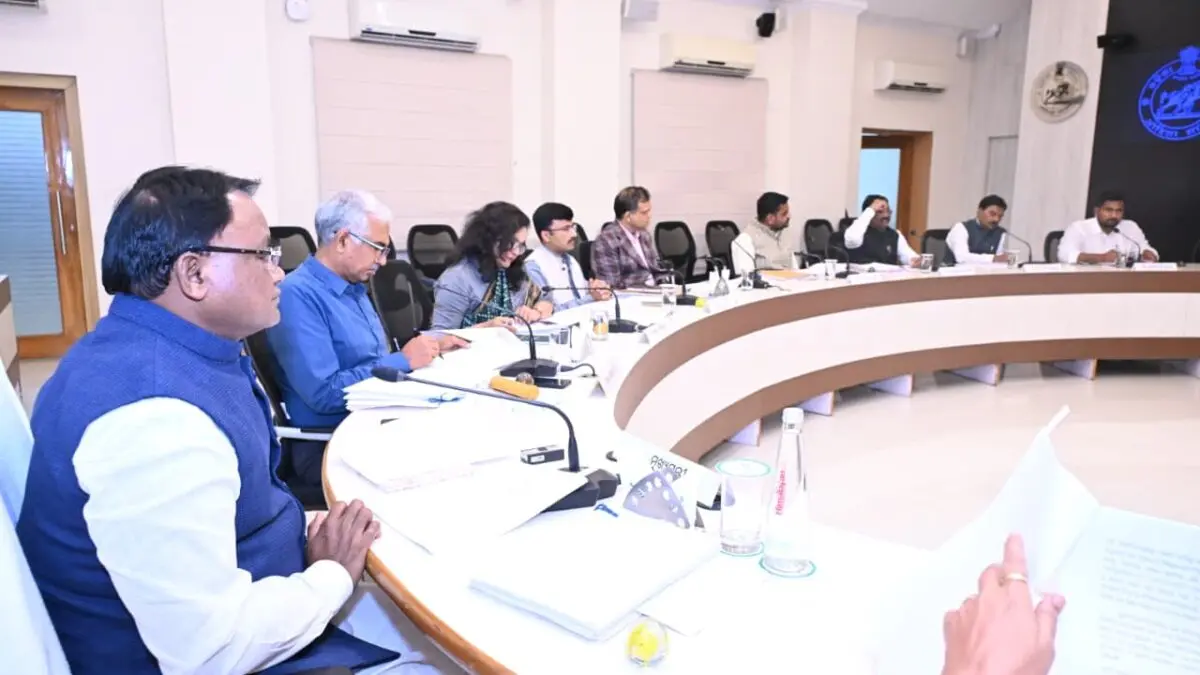Odisha Bets Big on Blue Economy with OMBRIC Launch
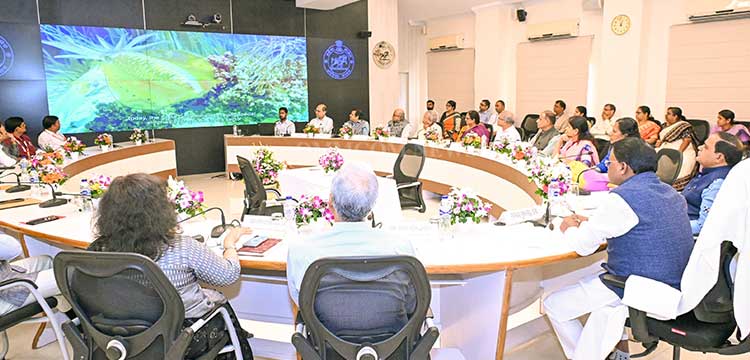
574 km coastline to be leveraged for marine biotech, eco-tourism, and livelihood creation
Bhubaneswar: In a landmark step towards marine biotechnology and sustainable coastal development, Chief Minister Mohan Charan Majhi on Tuesday unveiled the Odisha Marine Biotechnology Research & Innovation Corridor (OMBRIC). Conceived by the Department of Science & Technology, Government of Odisha, this ambitious initiative aims to position the state as a national and global leader in the Blue Economy.
The CM described OMBRIC as a transformative platform that will link laboratories to livelihoods, enabling innovations in environmental protection, bioresource utilisation, science-led tourism, and community-based livelihood generation. The project also promises investment opportunities, skill development, and employment for coastal populations.
A key highlight of the launch was the signing of a Memorandum of Understanding (MoU) between the Department of Science & Technology and the National Institute of Ocean Technology (NIOT), Ministry of Earth Sciences, Government of India, to facilitate R\&D collaboration. Six premier higher education institutions in Odisha also inked MoUs to provide research and technical support to the initiative.
Visionary Blueprint for a Blue Economy
Speaking at the launch event at Lok Seva Bhawan, CM Majhi said OMBRIC has the potential to redefine Odisha’s coastal economy and bring global recognition to its marine research capabilities. “The world is looking to the oceans for solutions to food security, climate change, and sustainable industry. Odisha is stepping forward with a vision to not only explore but also protect our marine wealth,” he said.
Aligning OMBRIC with the state’s Viksit Odisha 2036 roadmap and the national Viksit Bharat 2047 vision, the CM emphasised its role in fostering marine biotech startups rooted in local resources but meeting global standards. He noted that the initiative covers the full value chain — from gene discovery and bioactive molecule identification to product commercialisation — thereby generating jobs, driving sustainability, and spurring economic growth.
Science and Technology Minister Krushna Chandra Patra called OMBRIC a “blueprint for a prosperous future,” while Chief Secretary Manoj Ahuja highlighted its potential to bridge academic research with industry needs. Science and Technology Principal Secretary Chithra Arumugam welcomed the guests, and Additional Secretary Puja Mishra delivered the vote of thanks.
Harnessing the Coastline’s Untapped Potential
Odisha’s 574 km-long coastline is rich in unexplored marine bioresources. OMBRIC seeks to unlock this potential through a coordinated research framework, leveraging the expertise of six key institutions:
* IIT Bhubaneswar – Mapping and monitoring coastal marine bioresources using remote sensing, GIS, drone surveys, and ecosystem health assessments.
* NIT Rourkela – Cultivating unculturable marine microorganisms and extracting novel bioactive compounds with industrial and pharmaceutical value.
* IISER Berhampur – Discovering and scaling up high-value marine products through advanced chemical engineering.
* ILS Bhubaneswar – Establishing a Marine Microbial Biorepository, publishing an Odisha Marine Bioresource Atlas, and supporting blue tech startups.
* Berhampur University – Documenting marine biodiversity and characterising metabolites from marine flora and fauna.
* Fakir Mohan University – Developing commercial breeding technologies for Indian horseshoe crabs and extracting bioactive compounds.
From Research to Real-World Impact
OMBRIC is designed not only to generate new knowledge but to ensure that research translates into market-ready products. Intellectual property generation, incubation facilities, and entrepreneurial mentoring will be central to converting laboratory innovations into commercially viable enterprises. This “lab-to-market” approach is expected to strengthen Odisha’s innovation ecosystem and attract both domestic and international investment in marine biotechnology.
The initiative also prioritises community engagement. Coastal residents will be trained in sustainable harvesting, marine conservation, and small-scale biotech enterprises, ensuring they benefit directly from the program. Such integration of science, industry, and society aims to balance economic growth with environmental stewardship.
Strategic Partnerships and Next Steps
By partnering with NIOT and leading academic institutions, the Odisha government is building a collaborative platform that can respond to both local challenges and global market opportunities. The focus areas — from nutraceuticals and pharmaceuticals to bioremediation and eco-tourism — are designed to create a diversified and resilient Blue Economy for the state.
Development Commissioner Anu Garg, vice-chancellors and directors of the six partner institutions, and the NIOT Director were also present at the ceremony, signalling strong institutional backing for the program.
With its combination of scientific innovation, strategic investment, and community participation, OMBRIC represents a decisive step towards making Odisha a hub for marine biotechnology and sustainable coastal development. As CM Majhi put it, “We are not just a coastal state — we are a coastal innovator. By protecting and responsibly utilising our biodiversity, we can ensure prosperity for our people and resilience for our environment.”

